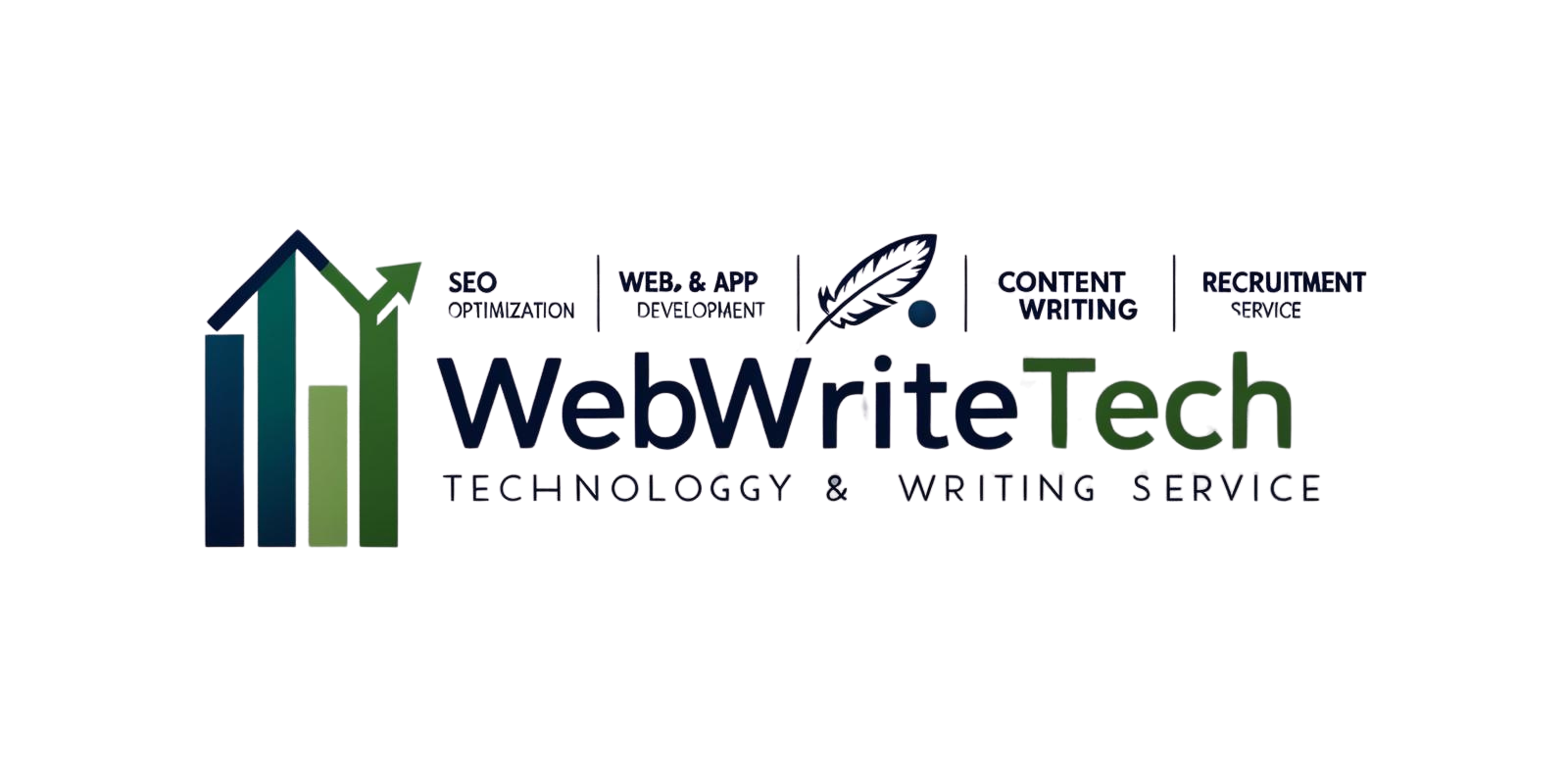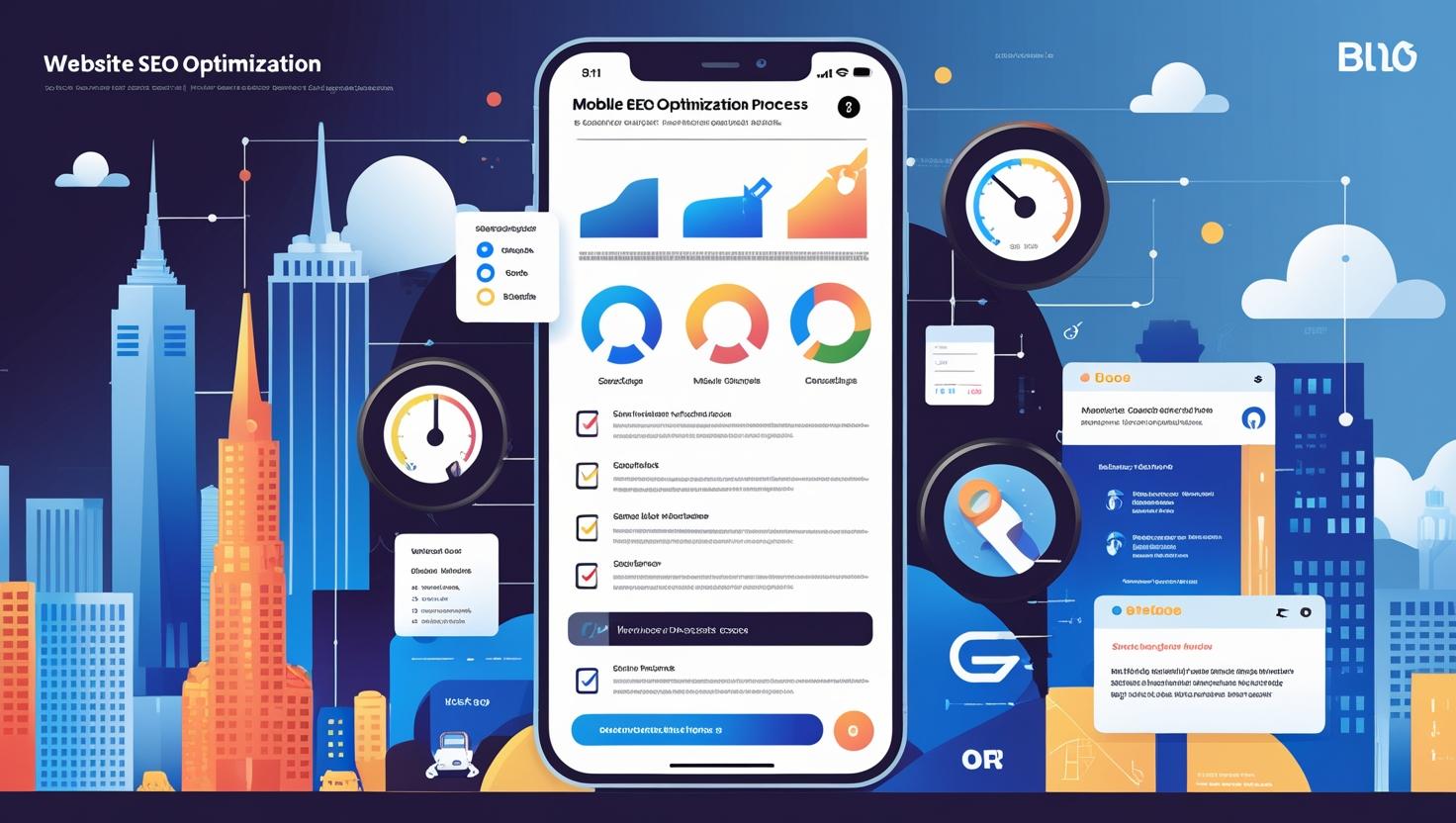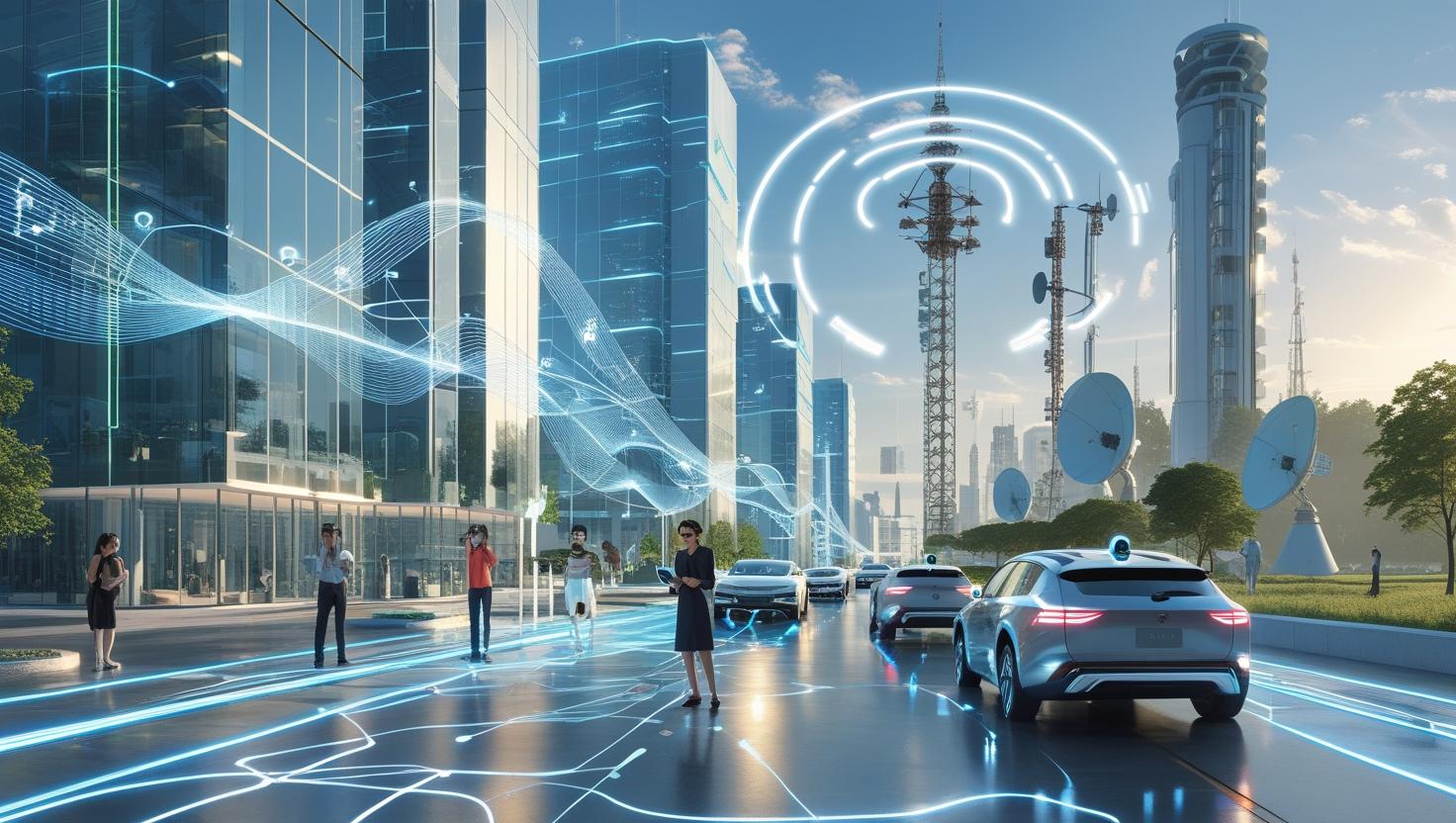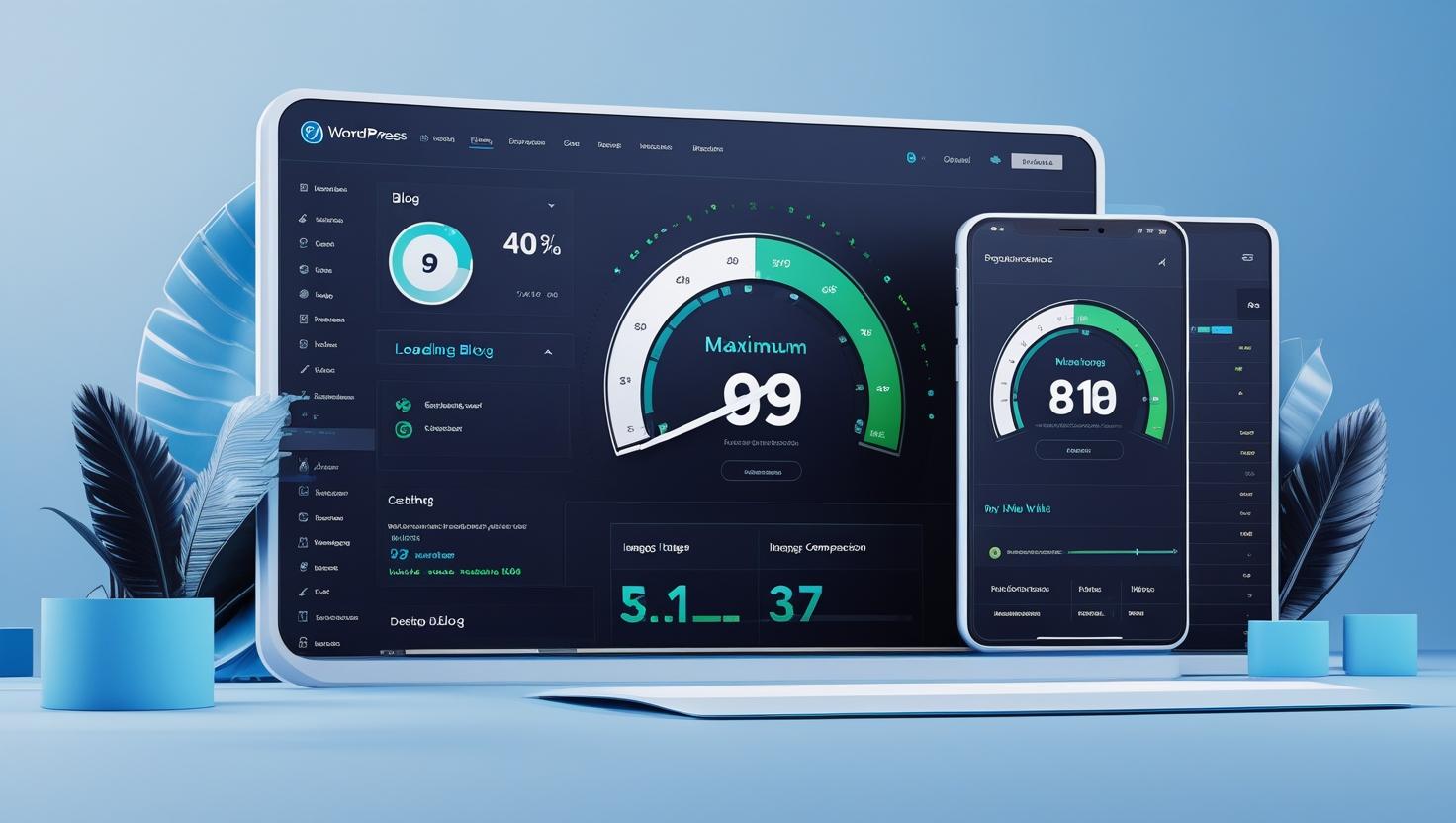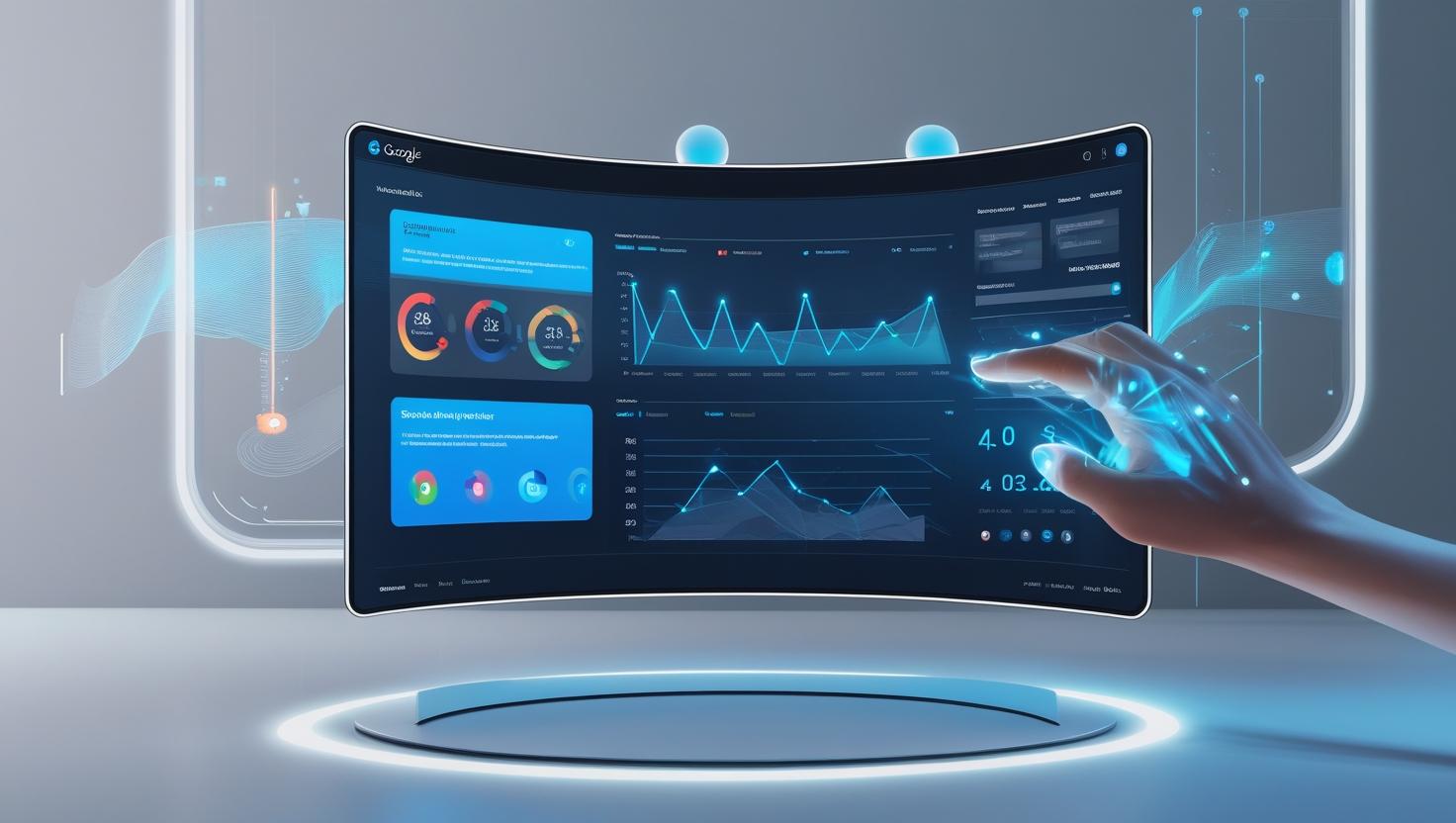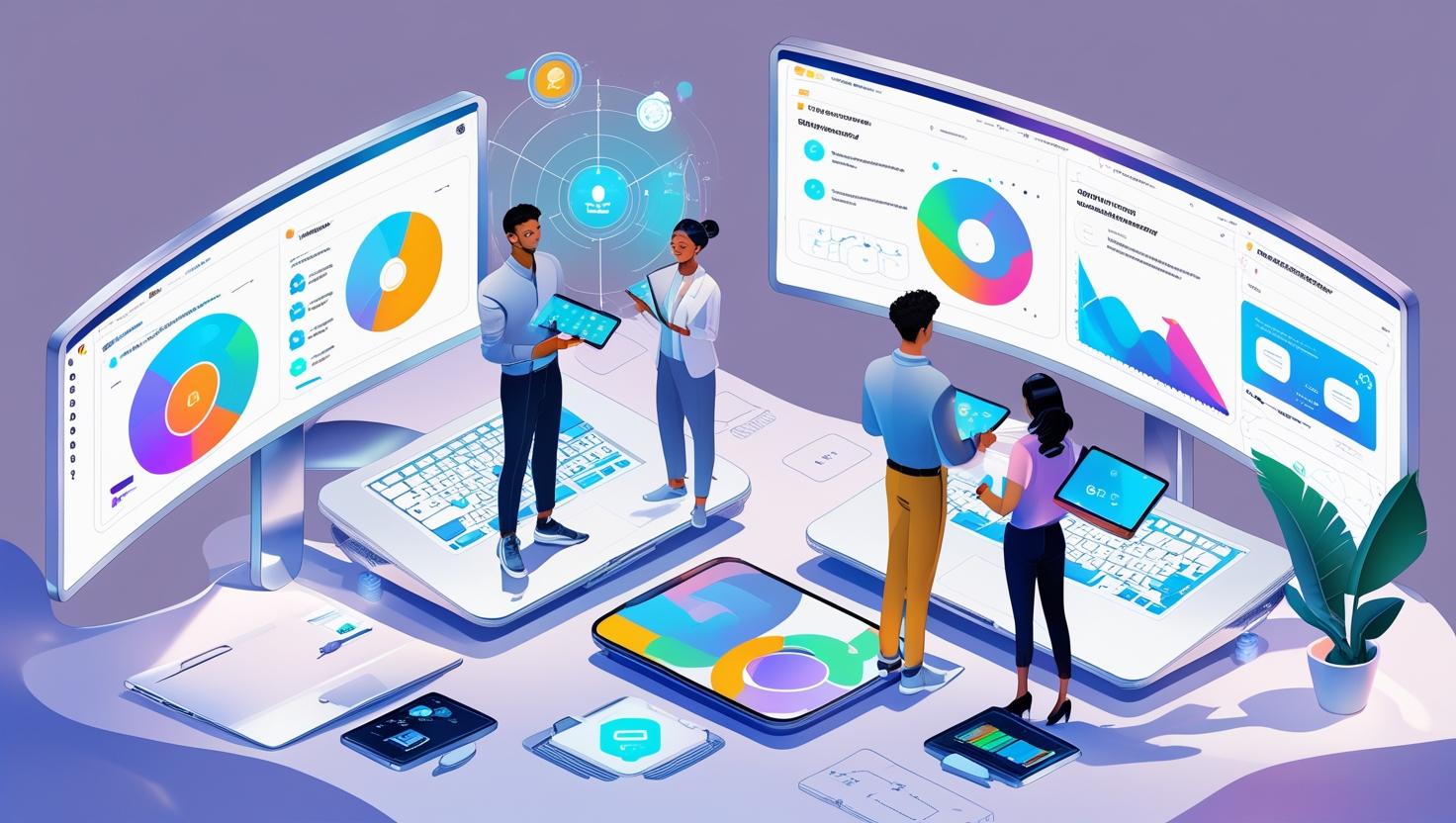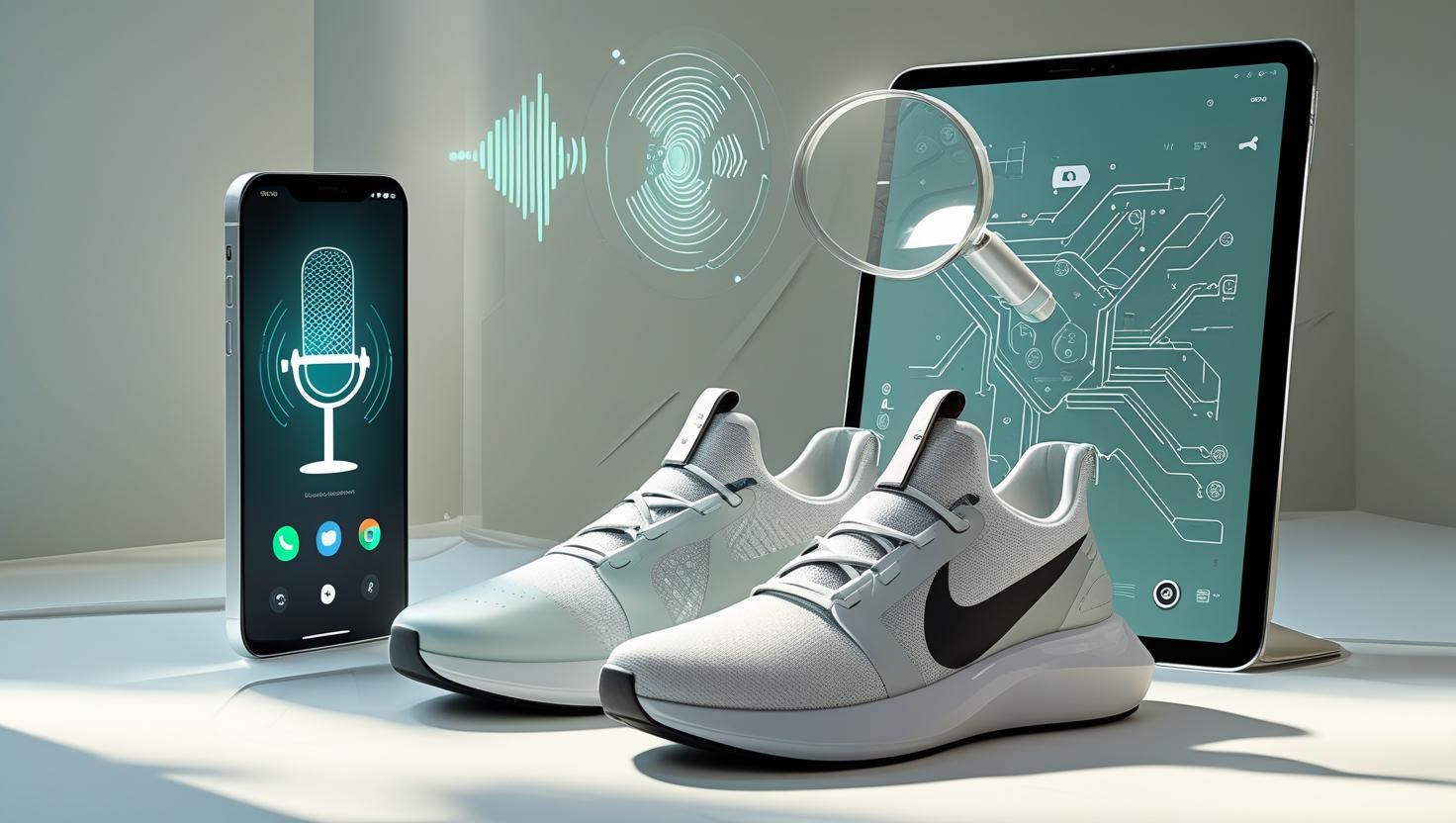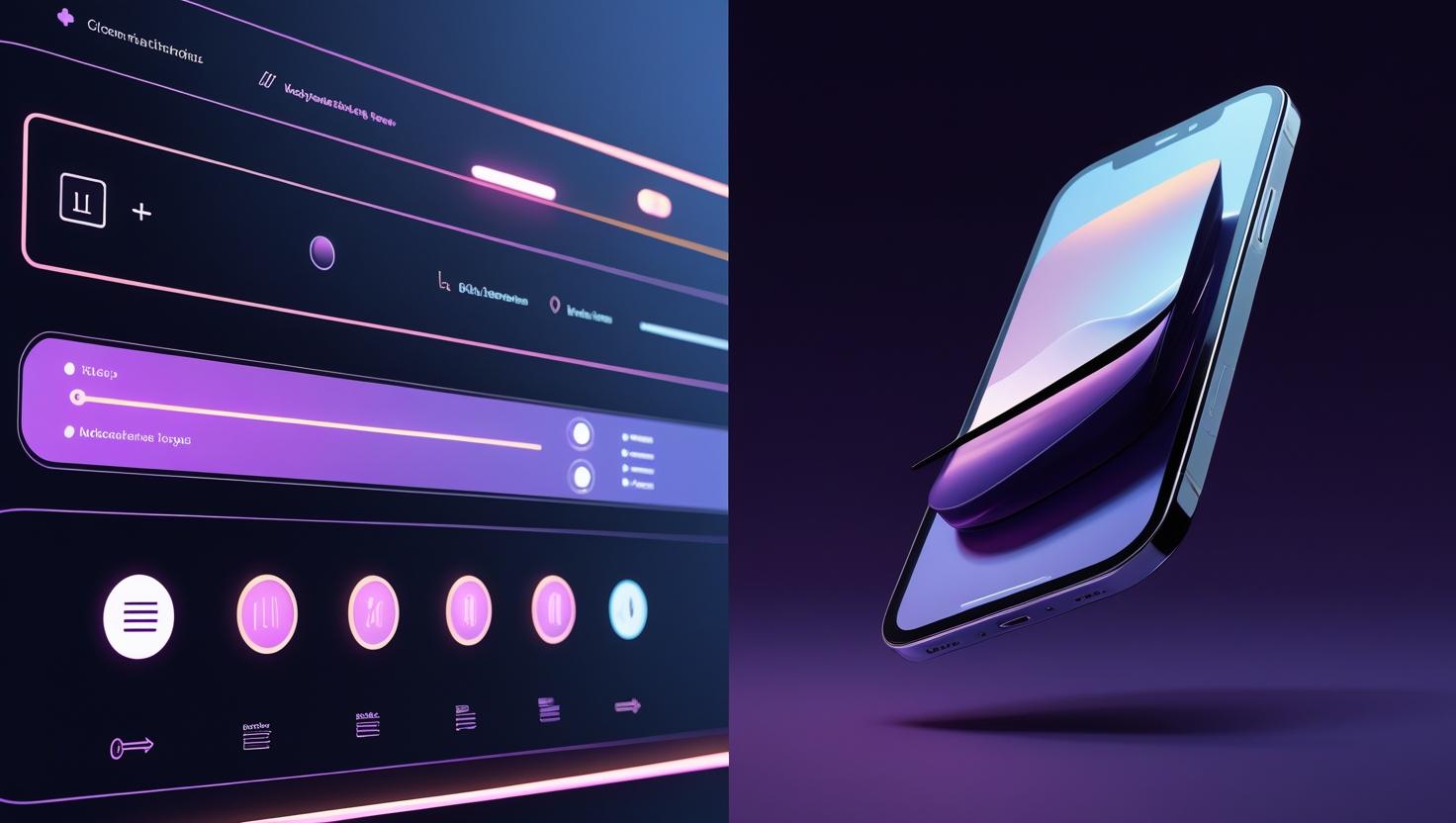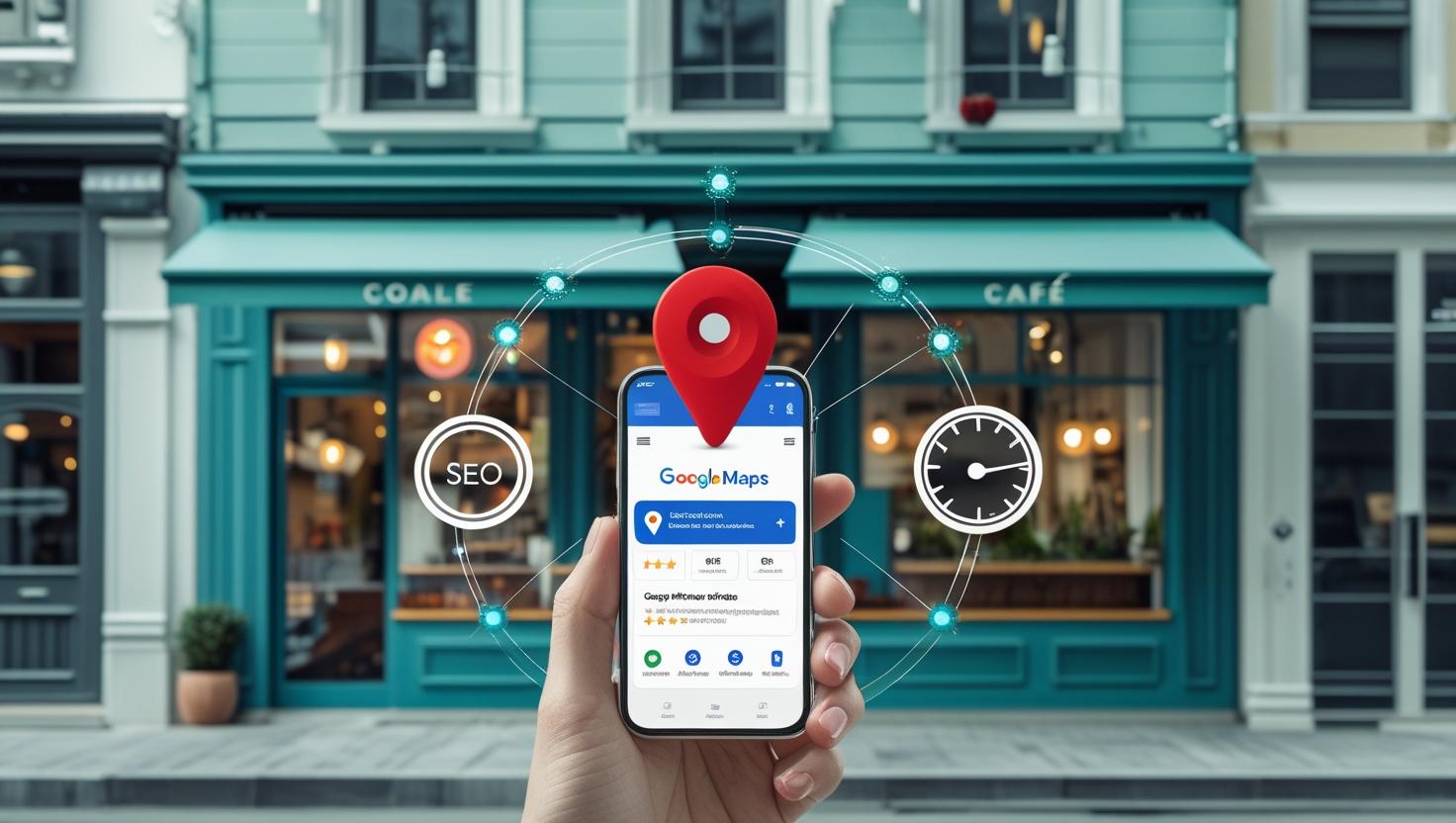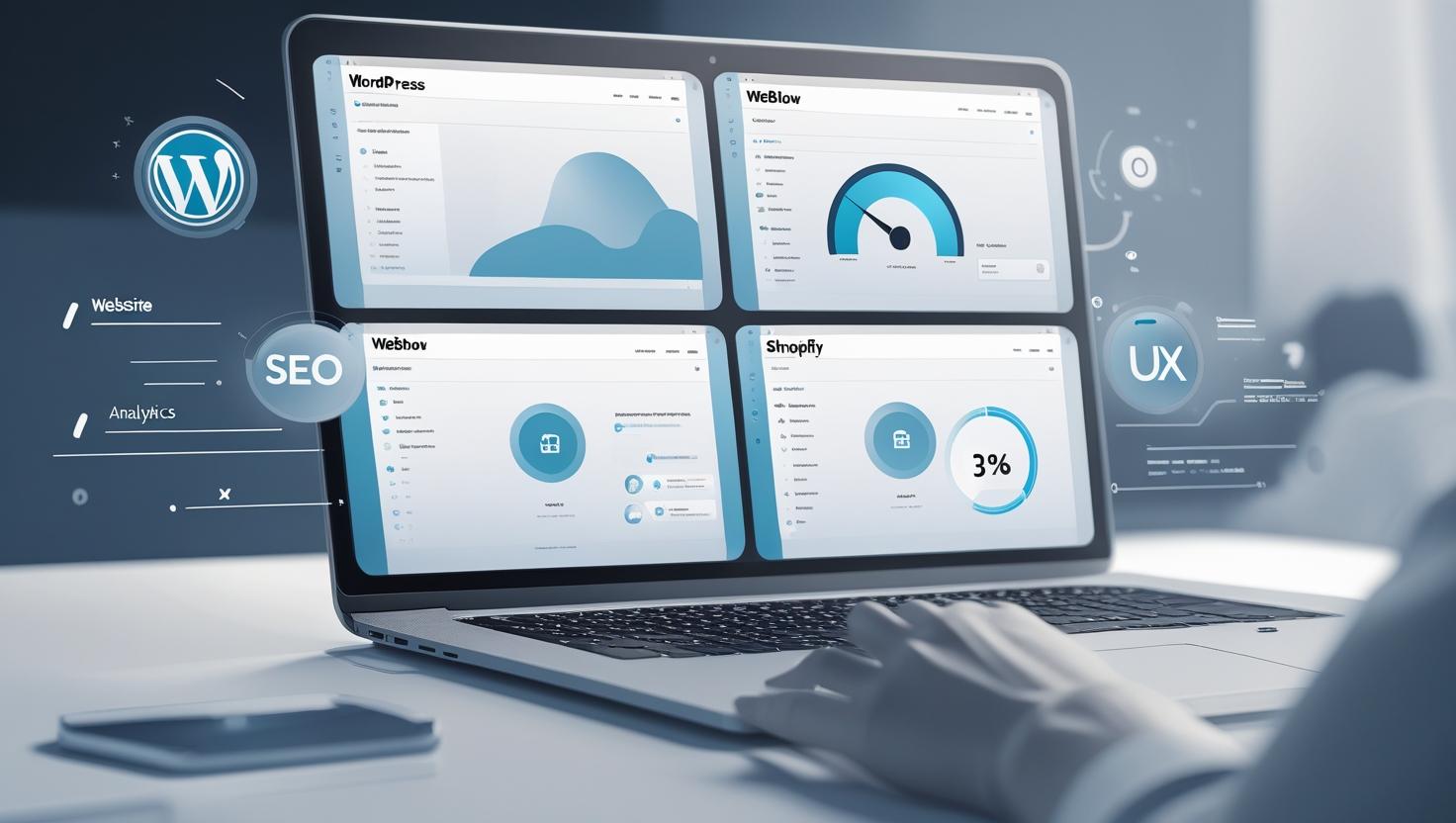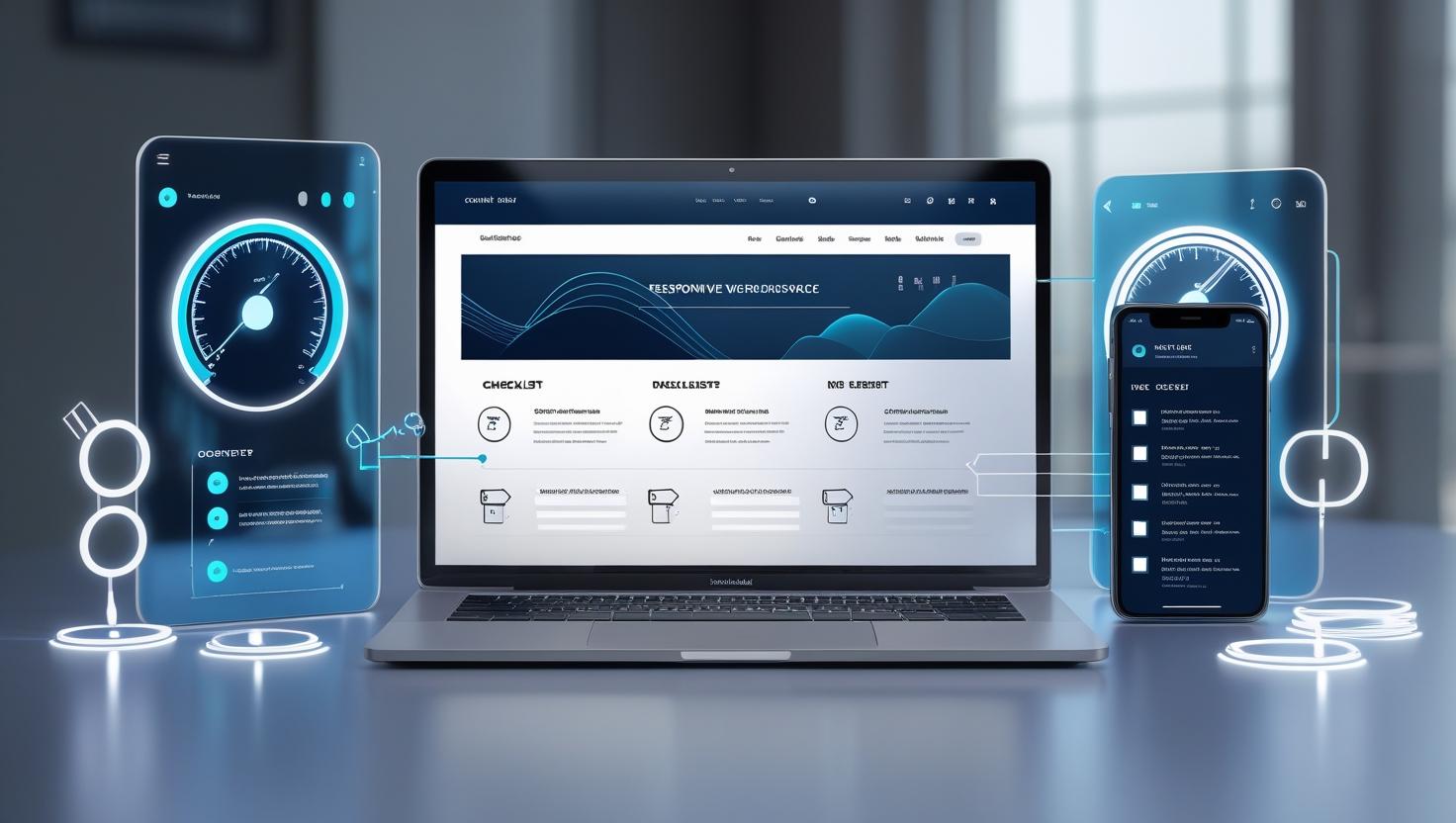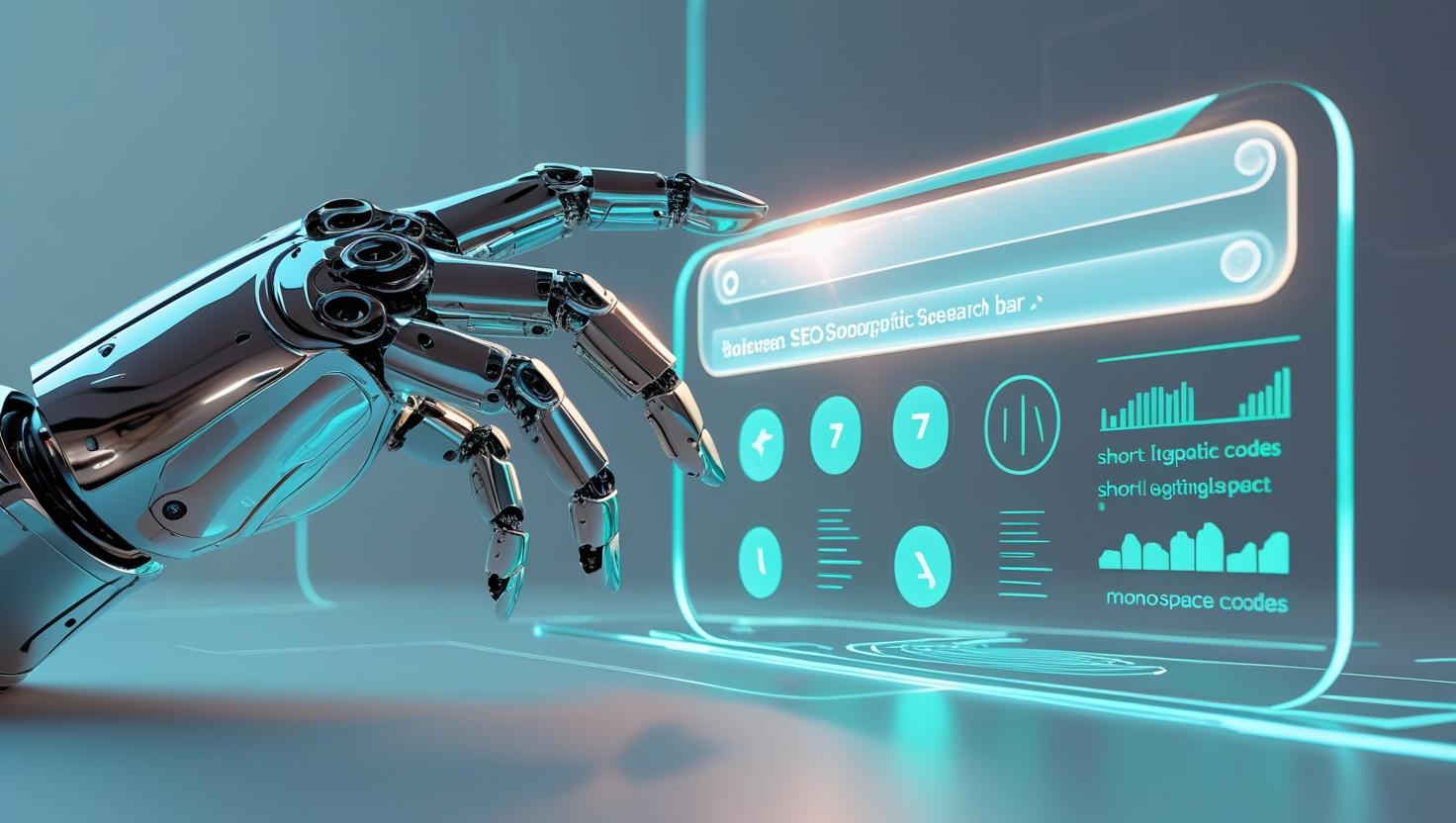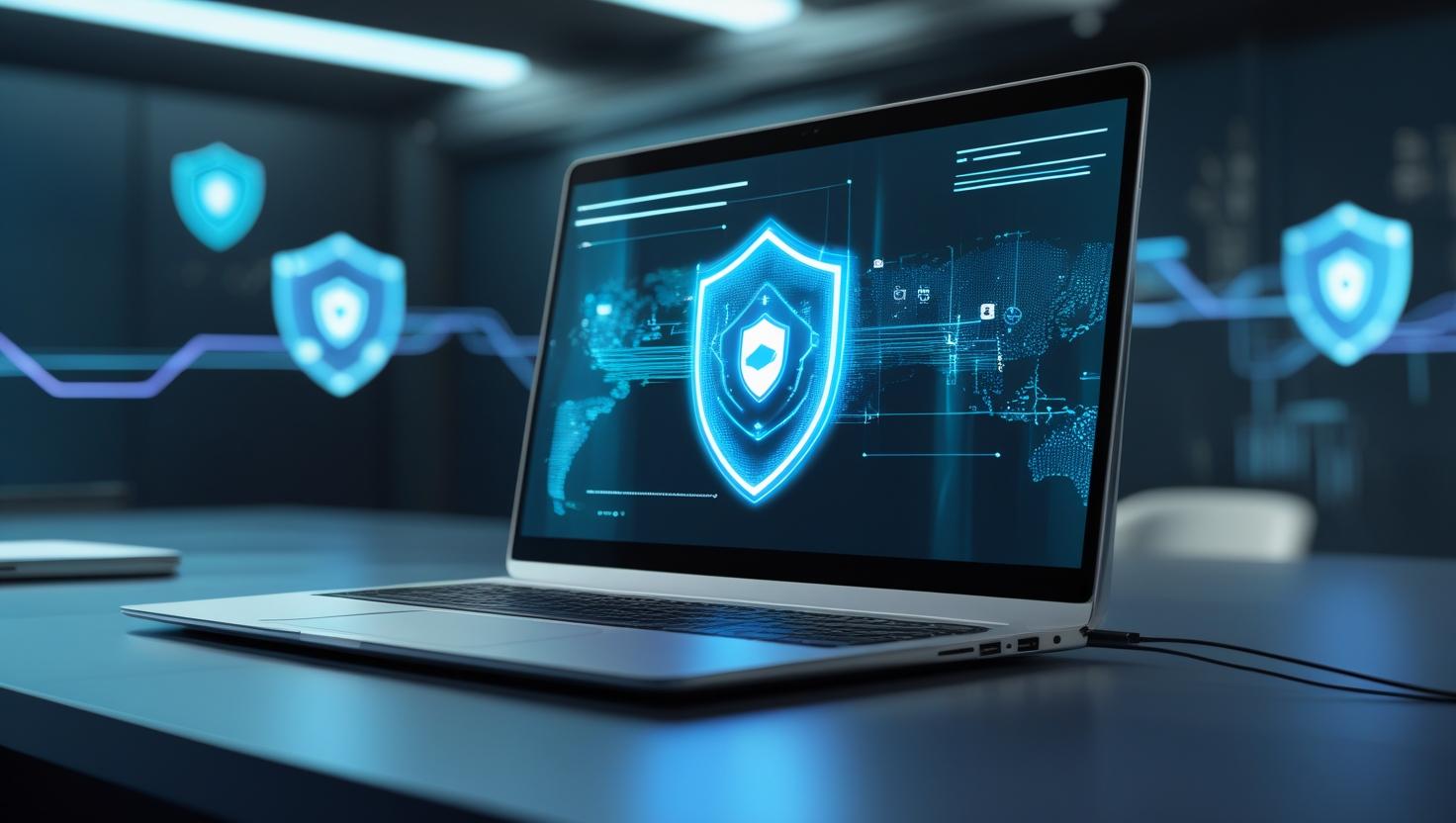
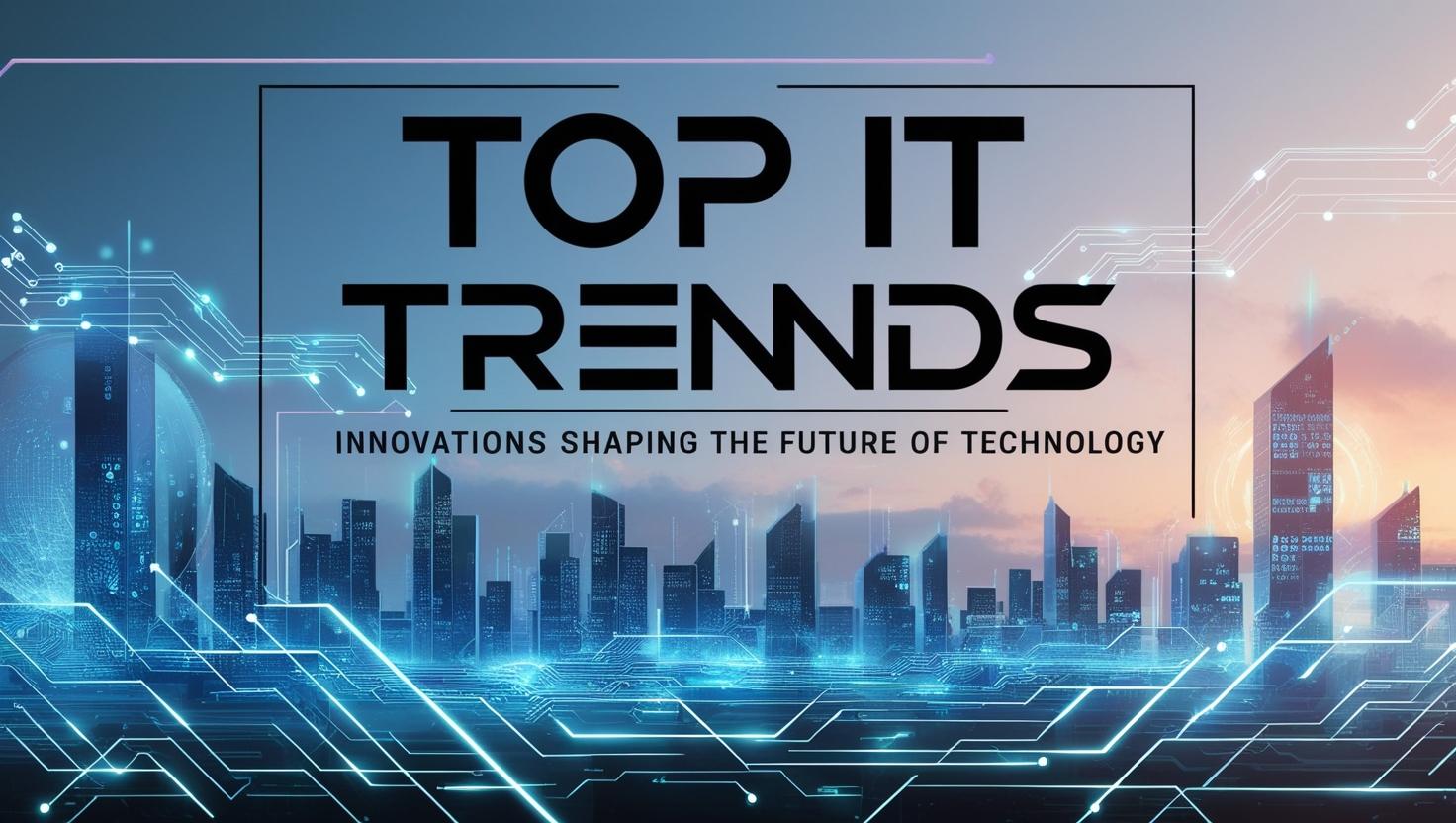
Introduction
In today’s fast-paced digital world, technology is evolving at an unprecedented rate. Businesses and individuals must stay ahead by keeping up with the latest IT trends. At Web Write Tech, we analyze the most impactful trends shaping the industry to help you make informed decisions. In this article, we will explore the Top IT trends that are revolutionizing the landscape of information technology.
1. Artificial Intelligence (AI) and Machine Learning (ML)
1.1 The Growing Role of AI in IT
Artificial Intelligence (AI) has become a game-changer in multiple industries. From automated customer support to data analysis and cybersecurity, AI-driven solutions are enhancing efficiency and decision-making.
1.2 Machine Learning for Business Growth
Machine Learning (ML) enables businesses to analyze vast amounts of data, predict user behavior, and enhance personalization. Companies investing in AI and ML are seeing significant improvements in automation, productivity, and customer experience.
1.3 AI-Powered Chatbots and Virtual Assistants
Businesses are leveraging AI-powered chatbots to handle customer interactions efficiently. Virtual assistants like Siri, Alexa, and Google Assistant are becoming smarter with advanced ML algorithms.
2. Cloud Computing and Edge Computing
2.1 The Rise of Cloud Computing
Cloud computing provides scalable storage, seamless collaboration, and cost-effective IT solutions. Companies are rapidly adopting cloud platforms like AWS, Google Cloud, and Microsoft Azure.
2.2 Hybrid and Multi-Cloud Strategies
Businesses are increasingly integrating hybrid and multi-cloud strategies to enhance security, reduce downtime, and improve efficiency.
2.3 Edge Computing: The Future of Real-Time Data Processing
Edge computing processes data closer to the source rather than relying on centralized cloud servers. This technology is essential for IoT devices and real-time analytics, reducing latency and improving performance.
3. Cybersecurity Enhancements and Zero Trust Architecture
3.1 The Importance of Cybersecurity
As cyber threats become more sophisticated, businesses must prioritize robust cybersecurity measures. The Zero Trust Architecture (ZTA) model ensures secure access by verifying every user and device.
3.2 AI in Cybersecurity
AI-powered security systems can detect anomalies, prevent cyberattacks, and automate threat response, enhancing overall IT security.
3.3 Blockchain for Secure Transactions
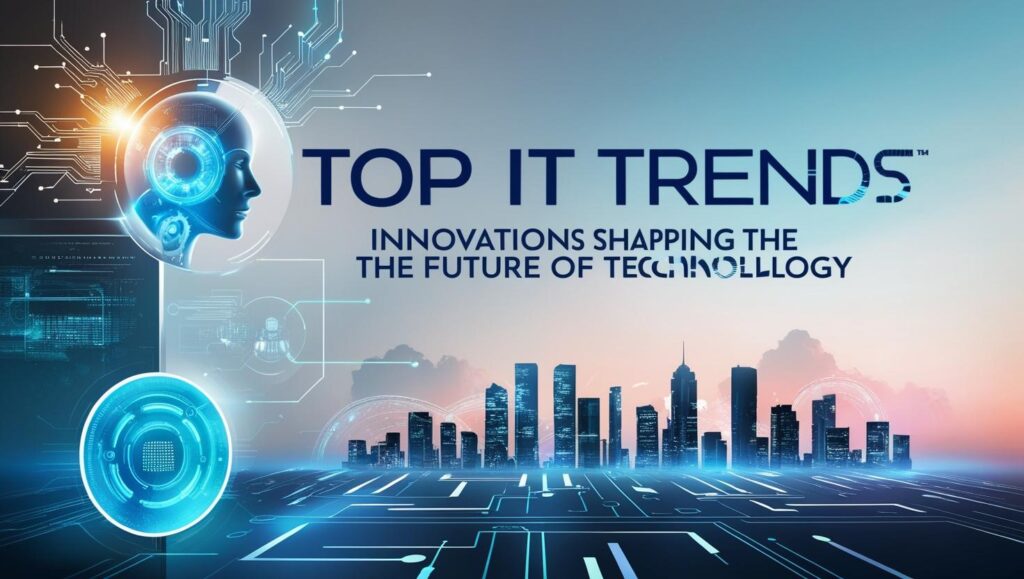
Blockchain technology is being widely used for secure digital transactions, ensuring transparency and reducing fraud risks.
4. The Rise of 5G Technology
4.1 Faster and More Reliable Connectivity
5G technology is transforming industries with ultra-fast internet speeds, low latency, and improved network reliability.
4.2 5G and IoT Growth
With 5G, Internet of Things (IoT) devices can communicate more efficiently, leading to smart cities, advanced healthcare, and intelligent automation.
4.3 The Impact on Businesses
Businesses leveraging 5G technology can improve remote work, enhance customer experiences, and streamline operations with higher data transfer speeds.
5. Internet of Things (IoT) and Smart Devices
5.1 IoT in Everyday Life
From smart homes to wearable devices, IoT technology is making everyday life more convenient and connected.
5.2 Industrial IoT (IIoT)
Manufacturing and industrial sectors are leveraging IIoT to improve efficiency, monitor equipment, and optimize production processes.
5.3 Security Concerns in IoT
With increased connectivity, IoT security is a major concern. Implementing encryption and secure authentication methods is crucial for protecting user data.
6. Remote Work and Digital Collaboration Tools
6.1 The Shift to Hybrid Work Models
Post-pandemic, many companies have adopted hybrid work models, requiring advanced digital collaboration tools.
6.2 Popular Digital Collaboration Platforms
Platforms like Microsoft Teams, Slack, and Zoom are enhancing remote communication and project management.
6.3 Cybersecurity in Remote Work
Companies must secure remote work environments with VPNs, endpoint security, and encrypted communications to prevent cyber threats.
7. Quantum Computing: The Next IT Revolution
7.1 What is Quantum Computing?
Quantum computing leverages quantum mechanics to solve complex problems that traditional computers cannot handle efficiently.
7.2 Applications of Quantum Computing
Industries like pharmaceuticals, finance, and logistics are exploring quantum computing for advanced simulations and optimizations.
7.3 Challenges and Future Prospects
While still in its early stages, quantum computing has immense potential. However, challenges like cost and scalability need to be addressed.
Conclusion
The IT industry is constantly evolving, with Top IT trends shaping the future of technology. Whether it’s AI, cloud computing, cybersecurity, or 5G, businesses must embrace these advancements to stay competitive. Web Write Tech is committed to providing the latest insights and innovative solutions to help you navigate this ever-changing landscape. Stay ahead by staying informed!
Looking to implement the latest IT solutions for your business? Contact Web Write Tech today!
